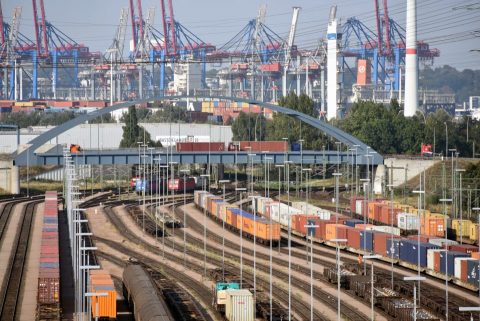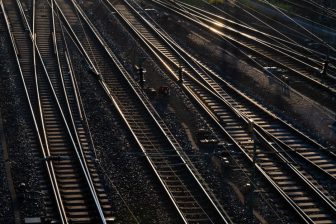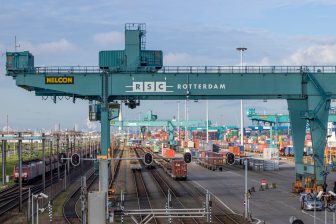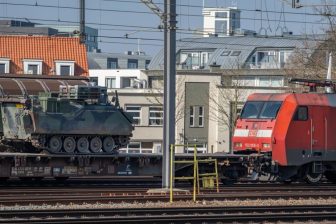
New EU port rules open up rail market
New rail freight providers could gain a foothold into European port routes as a result of new rules formally adopted by the Council of the European Union. They are aimed not only at creating clearer and fairer conditions for gaining access to the market but also increasing ports’ financial transparency.
The rules should ensure a more level playing field is created, and reduce the legal uncertainties for ports, port providers and investors. This should encourage greater investment in ports, improve quality and, it is also hoped, reduce prices.
More than 300 sea ports across Europe which are listed in its Trans-European network (TEN-T) guidelines will be covered by the new rules, says the Council, as they play a ‘significant role’ in exchanges between EU countries and with the rest of the world. They are ‘essential nodal points in EU intermodal transport chains and in connecting peripheral areas and islands’, it adds.
Better integration
Almost all (96 per cent) freight passing through Europe goes through these ports, which are all part of the TEN-T Networks. Member states will be free to decide whether to extend the regulations to other ports in their respective countries. Under the new regulations, facilitating access to the port services market ‘will improve the quality and efficiency of the service provided to port users’. This will help to reduce costs for transport users and contribute to a better integration of sea transport with rail, inland waterway and road transport. Port owners will be required to take measures to improve connections with the hinterland, including developing and improving the efficiency of rail.
Ensure transparency
The new rules will ensure transparency of port charges and public funding of ports. This will lead to better use of public funds and the effective and fair application of EU competition rules in ports. At the same time the new rules are designed to take into account the diversity of the sector across Europe.
Joe Mizzi, Minister for Transport and Infrastructure at the Council of the EU, said: “I welcome these reforms – the port sector is vital to the success of Europe’s economy, and it stands to benefit from the increased transparency and clarity which these new rules bring.”
Actively supporting
Some of Europe’s biggest and busiest ports, such as Rotterdam, are investing vast sums in strengthening their dedicated rail links with the European hinterland. Almost all of the container terminals at the Port of Rotterdam have their own rail facilities, and the port, through its Rail Incubator programme, is already actively supporting operators in establishing new rail connections. The port authority is available to co-invest in establishing new connections, and also has a number of regional representatives and can provide marketing support.
The formal adoption of the rules follows a vote by the European Parliament in December. Both the Parliament and the Council will make the act legal in mid-February and it will take effect a few weeks later.





